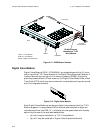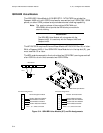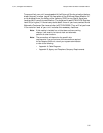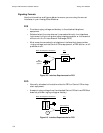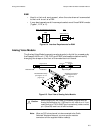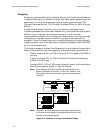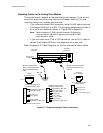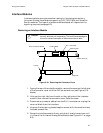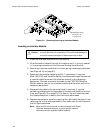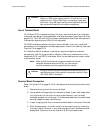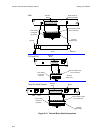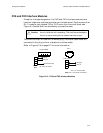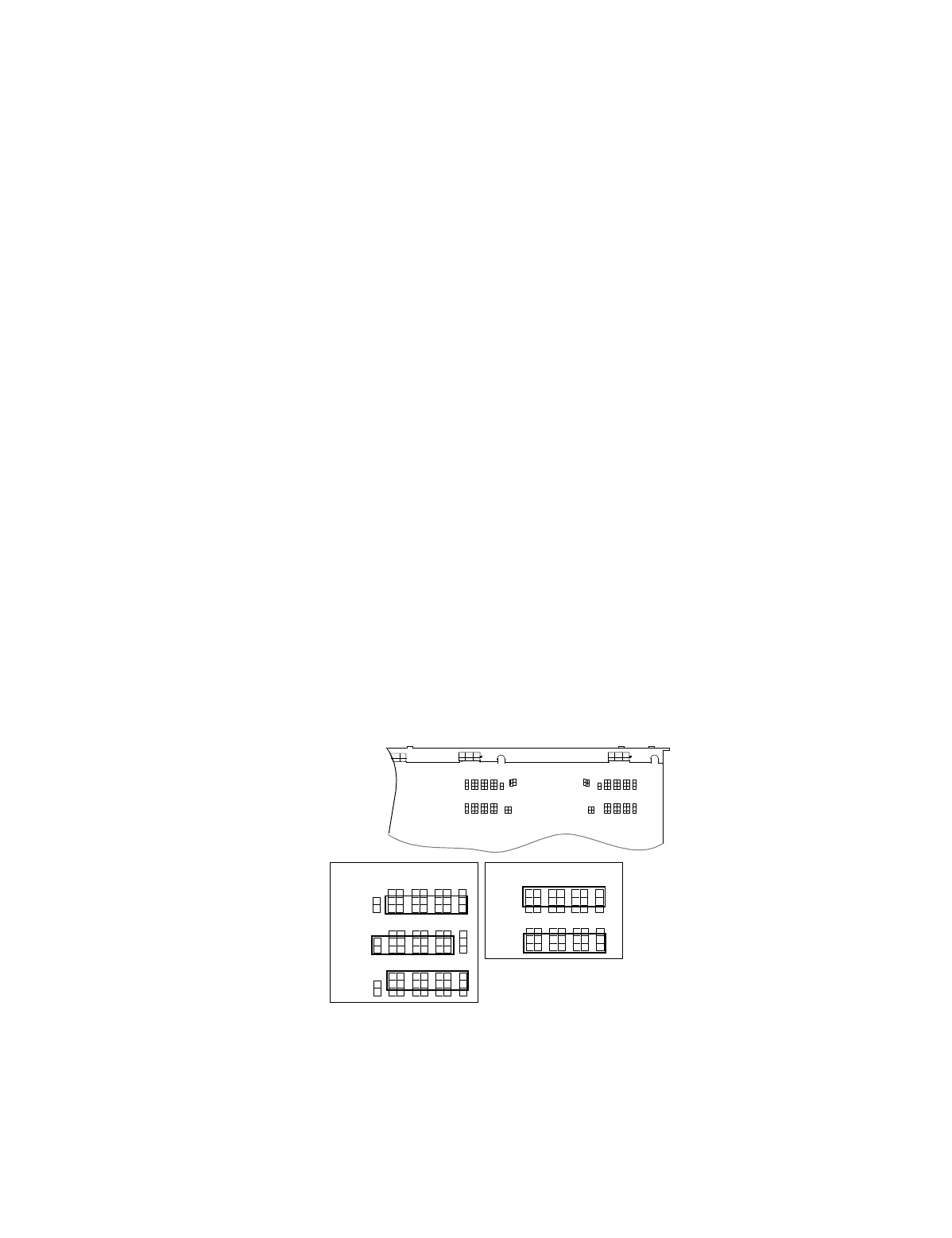
Analog Voice ModulesPassport 4400 Hardware Installation Manual
6-4
Strapping
Strapping involves matching the voice/fax channel with the attached telephone
interface. Specifically, the voice/fax channel may be strapped, depending on the
application, for one of three common types of signaling conventions: FXS
(Foreign Exchange Station), FXO (Foreign Exchange Office), or E&M (Ear and
Mouth).
Analog Voice Modules installed in units are usually prestrapped to the
interface type specified in the order. Restrap only if you add a new Analog Voice
Module, if your interface requirements change, or if your interface
requirements are different from the way you ordered them. You may also need
to temporarily restrap a voice/fax module if you perform a level setting
procedure. To verify the settings of your voice/fax channel(s) without physically
inspecting them, refer to Configuring and Operating Passport 4400, 800-2002-
40, on-line documentation.
The following supports Analog Voice Strapping in a dual-channel Analog Voice
Module. Each channel may be strapped for a different signaling convention:
• Place a strap over E41 (or E38 for Channel 2) if the cable to the PBX is
too long
• Place a strap over E21 (or E18 for Channel 2) to connect the battery
ground to the SG lead
• To select E&M, FXO, or FXS for each channel, consult the Analog Voice
Module strap options shown in Figure 6-6 below.
Note:
When strapped for E&M, if the Analog Voice Module is not
properly connected to the PBX, you will hear “dead air” over
the handset instead of a fast busy or other call request denial
indication.
Note:
Channels 1 and 2 have the same strap options, but the straps
for Channel 2 are arranged in the opposite direction (mirrored
left/right in the diagram above).
Figure 6-6. Location of Analog Voice Module Straps
Back
Channel Channel
E38
E39
E18
E19
E21
E20
E41
E40
E&M
FXO/FXS
E&M I
E&M II
E&M V
FXO
FXS
E&M strap options FXO/FXS strap options
E&M
FXO/FXS



